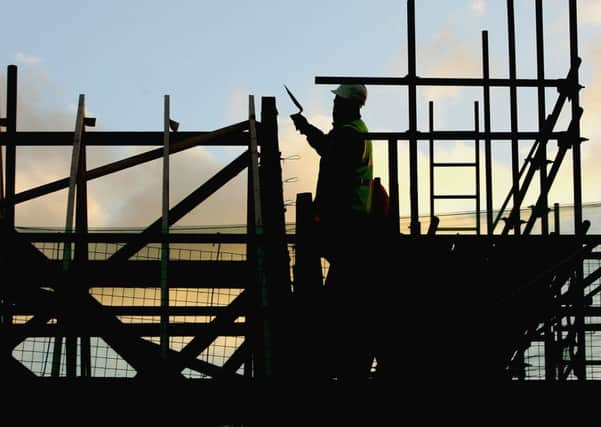Robert Carroll: Isa plan doesn’t solve big issue


The changes resulted in a more progressive tax system and ultimately meant a significant reduction in the tax paid by many house buyers.
This time around, the major announcement in the Budget for those thinking of moving home came in the form of Help-to-Buy Isas which are aimed at giving first-time buyers a helping hand getting onto the property ladder.
Advertisement
Hide AdAdvertisement
Hide AdThe initiative, due to launch in Autumn 2015, will see the Government contribute up to £50 for every £200 a first-time buyer saves. The buyer can put up to £200 per month into the account with the Government providing a maximum contribution of £3,000 on £12,000 of savings. Outwith London, buyers will be able to put these savings towards buying a home worth up to £250,000.
It probably goes without saying that this will be welcome news for anyone looking to get on the property ladder.
Although first-time buyers have steadily returned to the market over the last 18 months, saving the deposit required to secure a mortgage remains a significant obstacle and this level of assistance will ease the burden for many. Sales at the lower end of the market have a positive knock-on effect further up the property ladder, so in the medium term sellers of larger properties are also likely to see a positive effect from this scheme.
Unfortunately the initiative will not address what is arguably the major underlying issue facing the UK property market – namely that in many areas of the country, property is not affordable for a large number of would-be buyers.
With life-expectancy rising and the average household size falling, demand for housing is rising quicker than the rate at which we are building new homes and that inevitably puts an upward pressure on prices.
In Edinburgh, for example, the number of news homes being built in recent years is only around one-third of that which would be required to keep pace with the projected rise in the number of households in the city.
While the announcement provides something of a sticking plaster to the affordability issue, I’d hope that in the months and years ahead we will see more being done to help stimulate development the affordable new housing that will be required to ensure the market remains healthy and sustainable in the future.
l Robert Carroll is managing director of MOV8 Real Estate